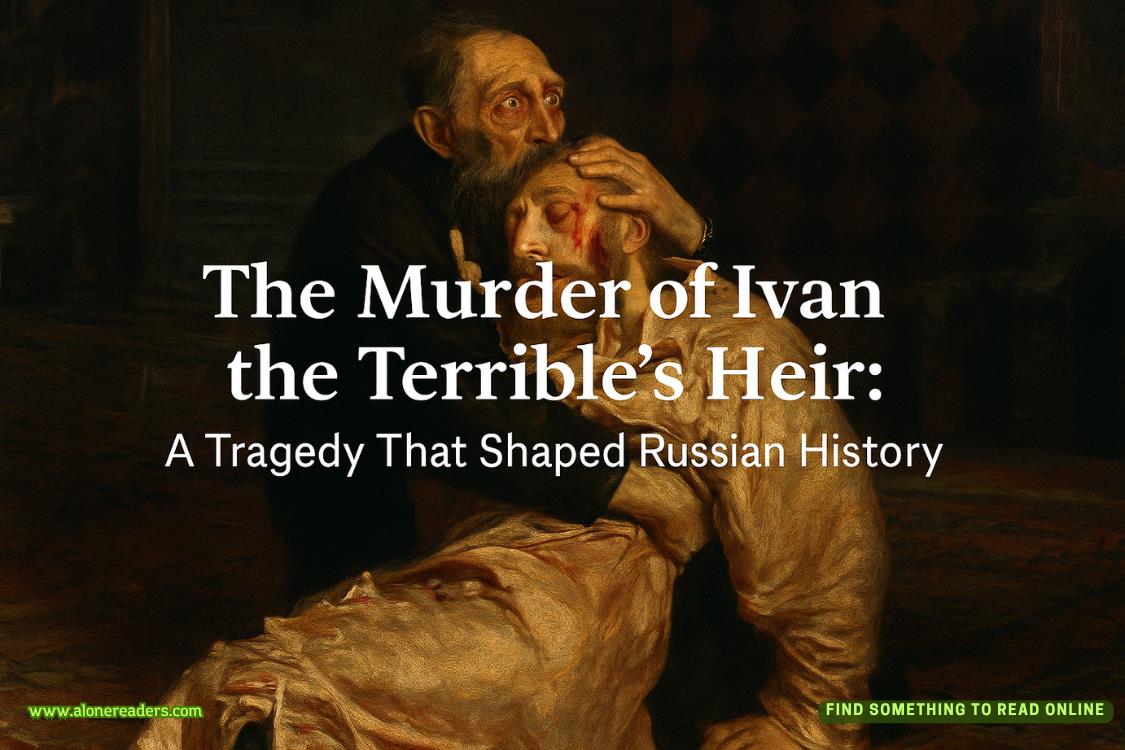Page 35 of Reckless: Corruption
“Why not MD?” Finn asks.
“MDs are so predictably rigid. Zero appreciation for the creative side of biological warfare. Plus they got weirdly upset when I tried to take a cadaver home. Something aboutethical concernsandbasic human dignity.No vision whatsoever.”
“The virus,” Finn starts, fear threading through his voice.
“Is significantly less lethal than originally designed,” Mona replies, producing supplies from seemingly endless pockets. “I’ve been tweaking daddy’s formula for years. Part mathematics, part uncertainty principle, part pure spite. The spite was particularly effective.”
I watch her repair Alexander’s damage with precise movements, like restoration artists fixing masterpieces—each stitch placed with equal parts science and soul.
“Less lethal doesn’t mean safe,” Finn presses.
“Obviously. Daddy’s original strain had a ninety-eight percent mortality rate. He framed the results in his office.” She sutures . “I adjusted it to more of an aggressive flu—stillmiserable with fever and sweats, but with the distinct advantage of not killing you. A design improvement, I’d say.”
“You should be concerned though,” she adds, glancing at Finn. “Beta-specific virus means you’re susceptible. Already infected, most likely. I’ve got progression charts that would terrify you. And candy, which might help. The research on sugar efficacy is still pending, but I’m nothing if not thorough.”
Ryker growls. “If he dies?—”
“Please.” She doesn’t look up from her sutures. “If I wanted him dead, I’d have brought the cheap lollipops. Besides...” She produces a USB drive. “I didn’t just steal daddy’s research. I improved it. The glitter was an unexpected but delightful side effect. Call it scientific innovation.”
“A cure?” Hope colors Finn’s voice.
“More of a vaccine. Precision formulation with just enough chaos to be unpredictable to the virus. Spite makes for excellent scientific motivation.” Her hands never stop moving. “We should hurry though. Fever peaks at hour twelve, then the real fun starts—hallucinations that would make Salvador Dali question reality. All documented and peer-reviewed under names daddy’s journals would never think to blacklist.”
My hands shake as I watch her work, fighting the urge to take over Cayenne’s care. The suppressants make my head swim, side effects getting worse—vertigo, sensitivity to light, the occasional tremor I’ve been hiding. Fourteen days of stability left unless I find more.
“You’ve been planning this,” I realize. “All of it.”
“Planning implies I had just one strategy.” Her smile could cut glass. “I had contingency plans, backup contingencies, and plans so deeply nested they’d make Russian dolls jealous. My organizational system requires color-coding that doesn’t exist on the visible spectrum.”
When Cayenne whimpers in her fever-sleep, a purr breaks free from my chest before I can stop it. I reach for her, needing to gather her close, to wrap her in my scent until the pain stops. I force myself to stay still as Mona works, knowing sometimes the hardest part of protection is waiting.
“Your feral one has excellent threat assessment instincts,” Mona observes, watching Jinx pace. “His pattern recognition could use refinement though. I could draw you diagrams of how predictable those movements are—useful if you ever need to take him down.”
“Is everything a scientific observation to you?” I ask, recognizing how performers hide behind their acts.
“Everything is data. Life’s just chaos theory with blood and feelings mixed in.” But her hands betray her gentleness as she works. “Some variables just happen to matter more than the published literature would admit.”
Cayenne stirs, fever-bright eyes flickering open. “Mona?”
“Don’t move. These stitches are mathematically perfect. I’d hate to ruin the symmetry.” She produces another lollipop. “Here. This might help with shock. The double-blind tests were inconclusive, but the anecdotal evidence is promising.”
“The pack?—”
“Is here,” I breathe, matching her ragged breathing with my purr. “We’re all here.”
“And crowding my workspace,” Mona adds, though her clinical efficiency softens. “Though I have to admit, your pack dynamics are fascinating. The protective hovering alone could fuel an entire research paper that would scandalize traditional designation theorists.”
“The virus—” Finn begins.
“Is progressing exactly as my models predicted. Four hours until peak fever, then neural effects that would make a neurologist weep with confusion.” She wraps a bandagewith precise movements. “I’ve documented every phase. The hallucination data alone is worth publishing, if medical journals weren’t so squeamish about methodology.”
“Documentation?” Ryker asks, voice tight with concern.
“Previous subjects showed remarkable cognitive disruption. One believed differential equations were hunting him through non-Euclidean space. Another developed a philosophical relationship with a fern that rivaled Plato and Socrates.” She finishes another line of stitches. “I cataloged everything—hallucination types, duration, intensity. The classification system required three dimensions.”
“The plant philosopher survived, by the way,” Mona adds. “They still correspond weekly. Deep existential discussions about photosynthesis and the nature of consciousness. Makes most philosophy departments look positively shallow.”
The spike of wrongness in Cayenne’s scent makes my head snap up, my purr catching on a distressed note. I notice Mona’s hands falter for just a fraction of a second—another omega’s subtle distress sign that triggers my own protective instincts.















